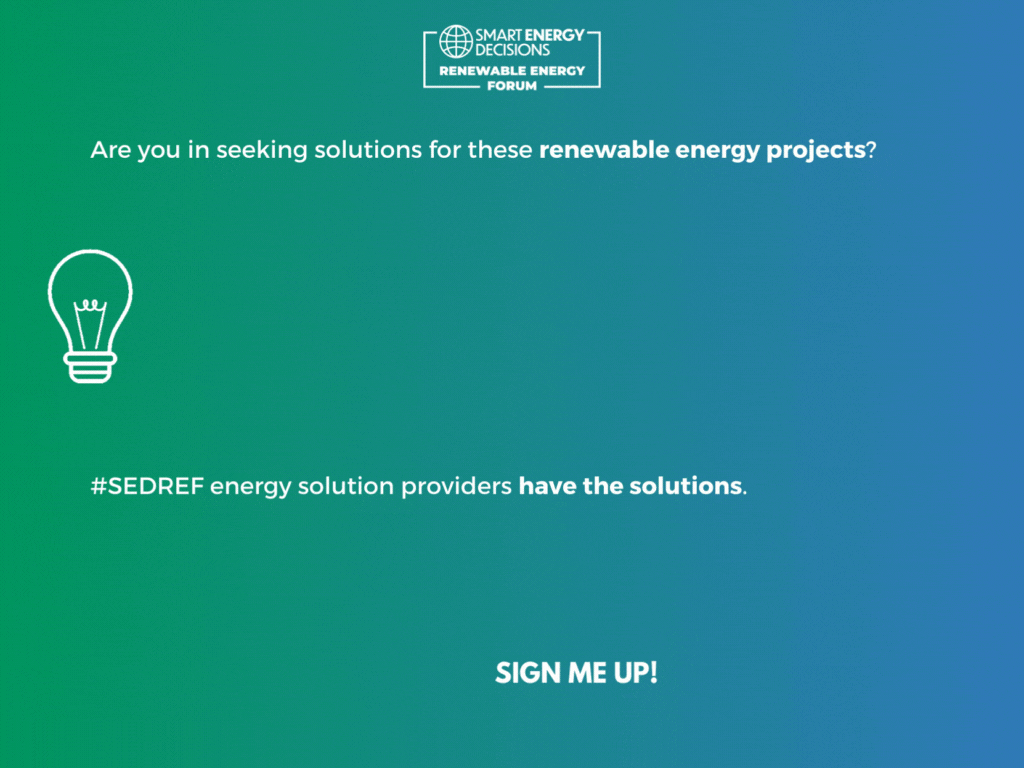Sourcing Renewables, Wind - July 14, 2020
Offshore wind became largest RE sector in 2020, despite Covid
Offshore wind capacity saw significant growth in the first half of 2020, with a total of $35 billion in project financing, becoming the largest-growing renewable energy source in an industry that rose 5% despite the economic fallout of Covid-19.
BloombergNEF found that the huge increase in offshore wind development in the first half of 2020 offset the declines in investment in solar, onshore wind and biomass. Offshore wind financings were up 319% year-on-year and were well above 2019’s record full-year figure.
“We expected to see Covid-19 affecting renewable energy investment in the first half, via delays in the financing process and to some auction programs,” Albert Cheung, head of analyst at BNEF, said in a statement. “There are signs of that in both solar and onshore wind, but the overall global figure has proved amazingly resilient – thanks to offshore wind.”
The first half of 2020 saw investments into 28 sea-based wind farms, including a 1.5 GW project off the coast of the Netherlands, the largest ever.
Globally, the largest market for renewable energy in the first half of the year was China, where $41.6 billion was invested, up 42% since the same period last year. Europe followed with $36.5 billion, up 50%, while the U.S. fell 30% to $17.8 billion. Overall, renewable energy capacity investment increased 5% from $125.8 billion in the first half of 2019 to $132.4 billion in the first half of 2020.
“Offshore wind is benefitting from the 67% reduction in levelized costs achieved since 2012, and to the performance of the latest, giant turbines,” Tom Harries, head of wind analysis at BNEF, said in a statement. “But the first half of this year also owed a lot to a rush in China to finance and build, in order to take advantage of a feed-in tariff before it expires at the end of 2021. I expect a slowdown in offshore wind investment globally in the second half, with potentially a new spike early next year.”
Read These Related Articles:
Stay Up-To-Date












